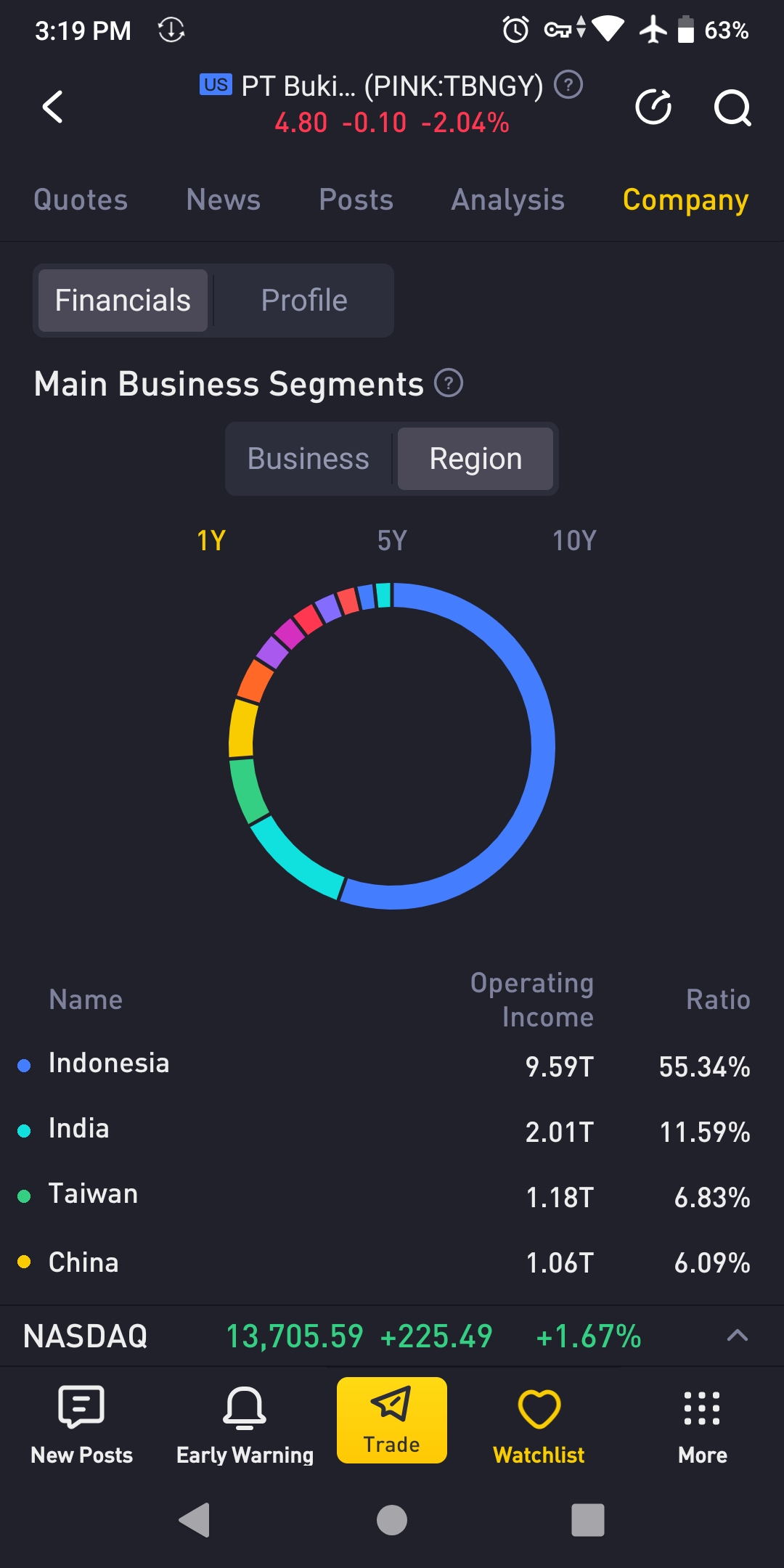
Dsd
No personal profile
555Follow
11Followers
0Topic
0Badge
...
Sorry, the original content has been removed
....
Why Stock-Market Investors Shouldn’t Count on a "Santa Claus" Rally This Year
...
Sorry, the original content has been removed
.....
2 Sensational Growth Stocks Set to Surge 92% to 111% According to Wall Street
...
3 China Stocks That Could Rebound in 2023, According to Analysts
...
3 Supercharged Growth Stocks With 393% to 1,153% Upside in 2023, According to Wall Street
....
3 Supercharged Growth Stocks With 393% to 1,153% Upside in 2023, According to Wall Street
...
3 Stocks to Avoid This Week
....
Rates And The Dollar Are Sending Warning Signs To Markets
....
Sorry, the original content has been removed
...
Sorry, the original content has been removed
....
Sorry, the original content has been removed
J...
Payrolls Increased 263,000 in November, Much Better Than Expected
....
Sorry, the original content has been removed
...
Sorry, the original content has been removed
....
Sorry, the original content has been removed
...
Is Sea Limited Stock Still a Buy After Jumping 36%?
....
Here's Why We Think SPY And QQQ Risks Are Skewed To The Downside
....
3 Tech Stocks You Can Count on in This Uncertain Market
....
3 Tech Stocks You Can Count on in This Uncertain Market
Go to Tiger App to see more news